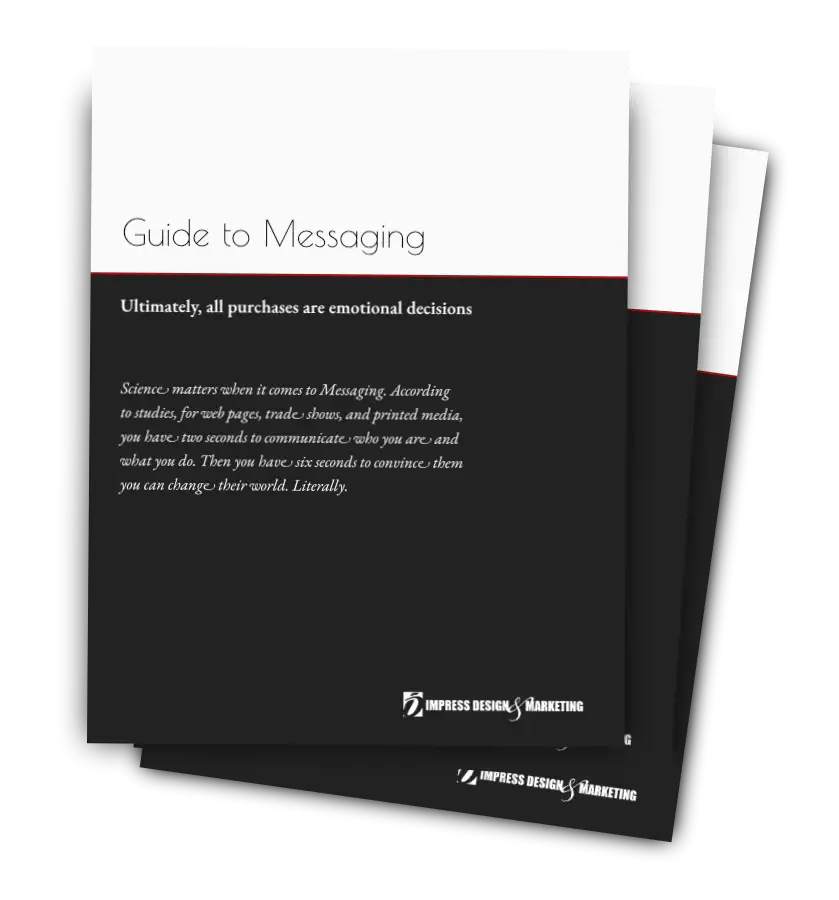Marketing Orchestration and Alignment
A Small Business Guide to Cohesive Growth
For small businesses, competing in today’s crowded marketplace requires more than isolated tactics-it demands a harmonized strategy that aligns branding, messaging, digital infrastructure, and analytics. Marketing orchestration ensures every element works in concert to build trust, drive engagement, and establish authority. Let’s break down how to achieve this alignment.

In this article
The Building Blocks
- 1. Branding: The Foundation of Recognition
Your brand is the face of your business. Consistency here builds trust and loyalty. Also, uniqueness matters. The Colorado flag IS NOT a good logo for your business. Neither is any other flag.- Logo, Colors, and Tagline
- Use a unified visual identity across all platforms (website, social media, print materials). For example, Nike’s iconic swoosh and "Just Do It" tagline are instantly recognizable globally.
- Create a brand style guide documenting logo usage, color codes (e.g., Pantone or HEX), fonts, and tone of voice.
- Story Consistency
- Craft a compelling brand narrative that resonates locally. Airbnb’s storytelling focuses on “belonging anywhere,” which aligns with its community-driven mission.
- Train your team to embody this story in customer interactions, ensuring every touchpoint reflects your values.
- 2. Messaging: Transforming Your Customer’s World
Your messaging should answer: How does your business improve your customer’s life?- Highlight pain points your audience faces (e.g., "Struggling to stand out in Parker’s competitive market?") and position your solution as transformative.
- Use a unique selling proposition (USP) that differentiates you. Example: "Impress Design: Crafting Websites That Convert, Not Just Look Pretty."
- Content That Engages
- Share customer success stories and case studies to demonstrate impact.
- Use a consistent tone-whether professional, playful, or inspirational-to build familiarity.
- 3. Digital Foundations: Building Your Online Presence
A robust digital foundation ensures visibility and engagement.- Website Essentials
- Start with a simple, mobile-friendly website that includes clear calls-to-action (e.g., "Schedule a Free Consultation").
- Optimize for local SEO: Include keywords like "Parker second hand clothing" and embed a Google Map.
- Email Marketing
- Use platforms like MailChimp to nurture leads. Example: Send a monthly newsletter with deals at your store.
- Add opt-in forms to your website to grow your subscriber list.
- Social Media Strategy
- Focus on platforms where your audience spends time (e.g., LinkedIn for B2B, Instagram for visual industries).
- Repurpose blog content into carousel posts or short videos to maximize reach.
- Website Essentials
- 4. Infrastructure: Measuring What Matters
Data-driven decisions keep your strategy aligned with goals.- Analytics and KPIs
- Track organic traffic growth, bounce rate, and conversion rates using Google Analytics. (These are KPIs—Key Performance Indicators), a quantifiable metric. KPIs provide a clear focus on what matters most by tracking performance over time and comparing results against targets or benchmarks.
- Monitor keyword rankings (e.g., "Parker automotive repair") to gauge SEO effectiveness.
- SEO Best Practices
- Optimize page speed and meta descriptions. Tools like SEMrush can identify technical issues.
- Build quality backlinks through partnerships with local businesses or industry blogs.
- Analytics and KPIs
- 5. Content for Leadership and Authority
Position your business as a local expert.- Educational Content
- Publish blog posts addressing common challenges.
- Host free webinars or classes on topics customers ask about frequently.
- Community Engagement
- Collaborate with local organizations (e.g., chambers of commerce) for co-branded content.
- Share behind-the-scenes stories showcasing your team’s expertise and local roots.
- Educational Content
Orchestration in Action: A Step-by-Step Approach
- 1. Audit Your Current Strategy: Identify gaps in branding, messaging, or analytics.
- 2. Map the Customer Journey: Align touchpoints (social media → website → email) for seamless transitions.
- 3. Automate Workflows: Use tools like HubSpot to trigger follow-up emails after a website visit (auto-responders).
- 4. Iterate Based on Data: Adjust campaigns monthly using KPI insights.
Final Note
Marketing orchestration isn’t about doing more-it's about doing what matters together. By aligning branding, messaging, digital tools, and analytics, small businesses like yours can punch above their weight, build local authority, and create lasting customer relationships. Start small, stay consistent, and let every piece of your strategy play its part in the growth of your company.
- Logo, Colors, and Tagline

 Jack McDaniel began Impress Design & Marketing in 2005. He's an award-winning designer and has lead many companies to the top of their market niche with a data-driven, science-based approach to marketing and user experience.
Jack McDaniel began Impress Design & Marketing in 2005. He's an award-winning designer and has lead many companies to the top of their market niche with a data-driven, science-based approach to marketing and user experience. 

